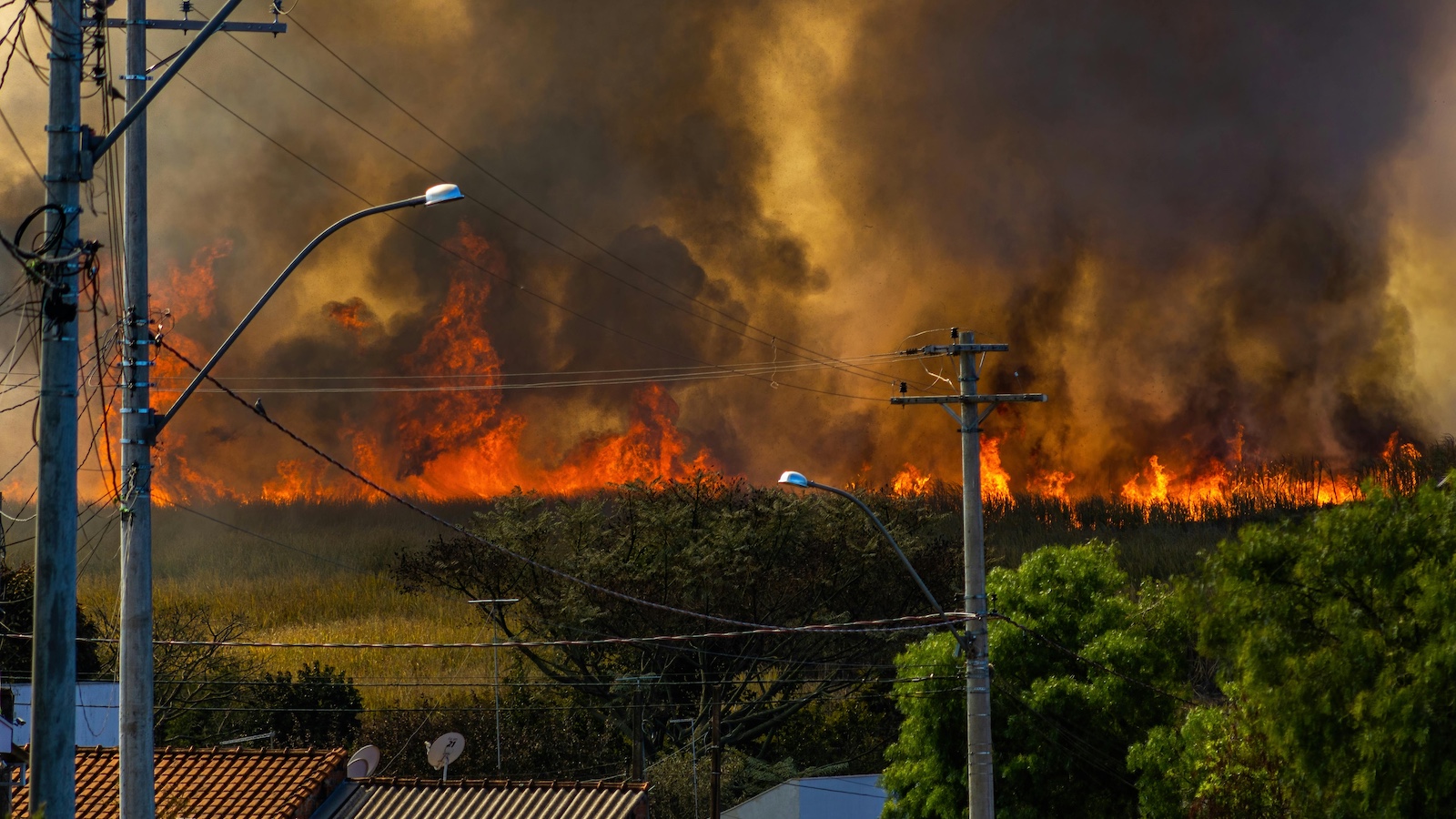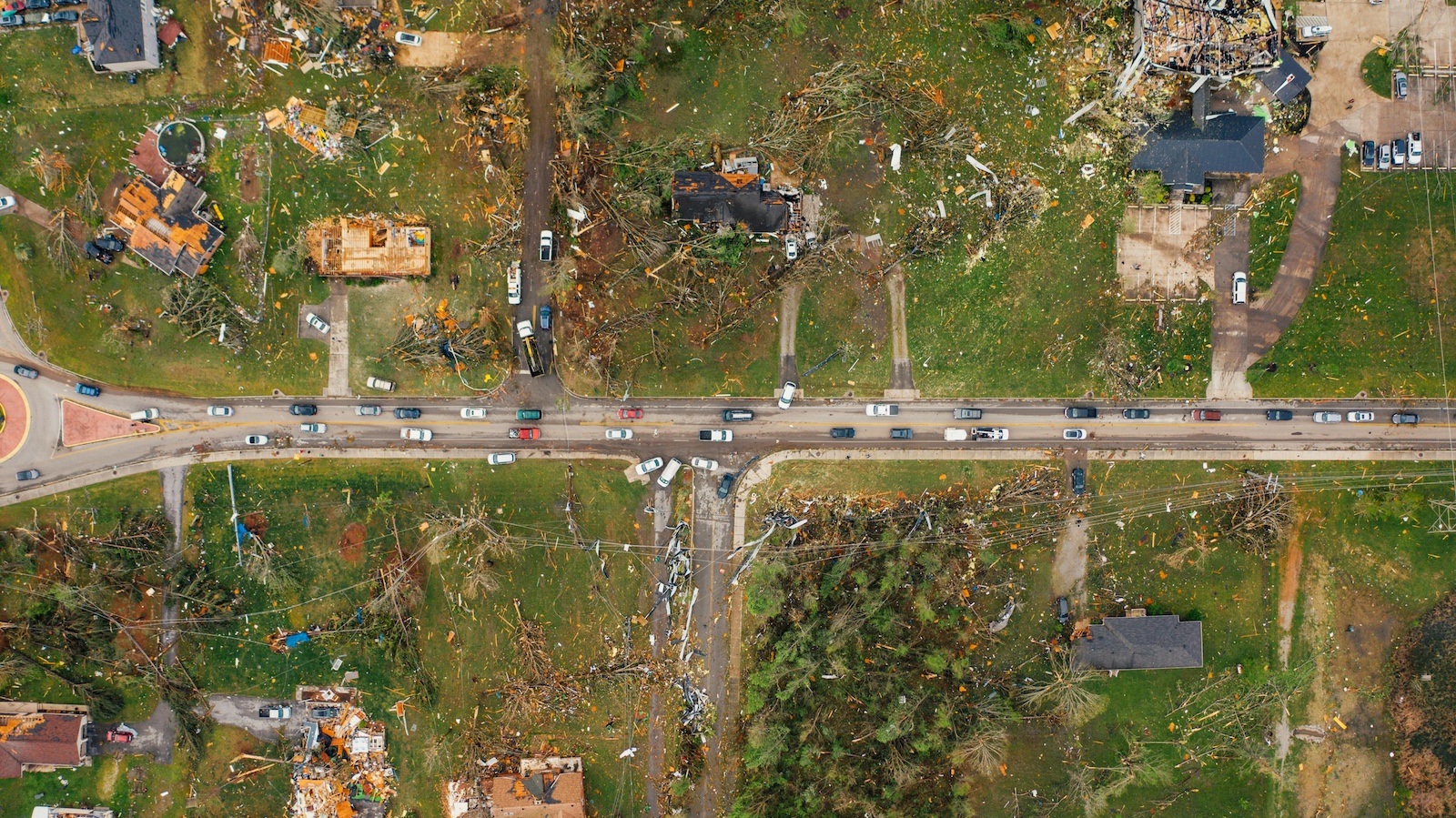For as long as weather and natural catastrophe risks have existed, insurers and reinsurers have been responsible for the commercial assessment of natural disasters, primarily through underwriting and reserves management. Today, amid increasingly devastating consequences and rapidly rising costs of climate-related perils, (re)insurers are expected to play a larger role in helping society mitigate the effects of climate change, build resilience to its effects and support the transition to a low-carbon economy.
(Re)insurers have an opportunity to lead on these issues and strengthen their position in the marketplace by taking an enterprise-wide approach to climate change, not only when it comes to underwriting but also on investment decisions. Climate change is going to affect different parts of the business, so it is important to take a holistic view of the business approach.
By understanding and managing climate risks on the assets and liabilities sides of the balance sheet and advancing climate-awareness in their own organizations, insurers can navigate climate change. With this in mind, Wellington Management and Willis Towers Watson recently collaborated to produce a pragmatic guide for insurers and reinsurers to help them steer their organizations through the challenges of defining, quantifying and managing climate risks on the journey to net zero.
Increased frequency of extreme weather
Climate change risk consists of three broad related categories of risk — physical, transition and liability risks. The risks are related — with acute physical risks (hurricanes and floods) and chronic ones (like droughts and rainfall) fueling transition and liability risks, such as carbon emissions regulations and legal actions brought about by those suffering damage from climate change.
While the impact of climate change will vary by peril and geography, analysis by Wellington and Willis Towers Watson shows that there is evidence that some events that used to be thought of as 1-in-100-year hurricanes 20 years ago now have a 40%-plus chance of occurring sometime between 2031 and 2050.
Assessing probability over time requires calculating the cumulative percentage risk of an event’s likelihood for a given period period. The longer the period, the more likely a “rare” event is to occur, and the greater the impact minor increases in probability have.
Wellington’s work with Woodwell Climate Research Center found that for parts of the U.S. Atlantic & Gulf Coasts, where climate is forecast to have the biggest impact, what was considered a 1% (1-in-100) event in 1990 is now estimated to be a 1.9% (1-in-53) event now and by 2040 could be a 3.2% (1-in-32-years) event. This means that over a period of 20 years the chance of being hit by a hurricane in one of these areas most affected by climate change could increase from 32% to 48%. This represents a 48% increase in probability compared with today.
The probability of an event does not necessarily align exactly to the probability of loss. Building resilience within portfolios and mitigation measures go a long way toward tempering the impact of frequency and severity changes.
See also: Time to Move Climate Risk Center-Stage
A strategic response to climate risk
The continued mischaracterization of rare climate events as one-time occurrences rather than part of a changing pattern may be a reason why climate risk often remains abstract, hampering preventative behavior, policy change and asset repricing. If insurers better understand climate probabilities, particularly the cumulative risk of occurrence over multi-year periods, they will better appreciate the severity and more accurately reprice these risks.
Until then, the increasing volatility of loss-causing climate-related events along with growing financial risks to assets in investment portfolios present a dual threat.
When defining transition risks as the effects on companies as economies decarbonize — effects such as policy regulation, litigation, adoption of alternative energy sources and shifting consumer preferences and behaviors — physical risks are manifestly the cause of these transition risks. Any approach that independently buckets physical risks as potential underwriting liabilities, and transition risks as investment risks that lower security values, requires a paradigm shift.
To better understand the multi-dimensional nature of climate risk and how it affects different parts of the business, the insurance industry needs to up its game and be more strategic. This means taking a whole balance sheet view of the risks and opportunities and requires insurers and reinsurers to develop scenarios of temperature change over a given time horizon, and considering optimistic and pessimistic assumptions about worldwide paths (orderly vs. disorderly) to reaching climate goals.
Each category of risk can affect both sides of the balance sheet — and should influence strategic business decisions about product development, capital management, investments, acquisitions and divestitures. A more strategic approach to climate risk and resilience means starting by understanding baseline enterprise risk and then developing climate scenarios that insurers and reinsurers can integrate into their risk models.
Gaining a clearer understanding of climate risks and building scenarios are just two of eight key challenges we have set out in our joint report that insurers need to address if they are to better appreciate the severity and more accurately reprice these risks, and ultimately play a larger role in helping society mitigate the effects of climate change. Other items on the to-do list outlined in the report include stress testing asset portfolios, developing climate-aware investment strategies and – importantly -- holistically integrating asset and liability strategies.
There is a lot to consider as insurers and reinsurers work to develop their own views of risk in line with their baseline underwriting and investment portfolios, and to translate climate risks under different scenarios into adjustment factors for models they use today. For example, there are also indirect climate risks to consider for insurers invested in industries like auto manufacturing, semiconductors, construction or other industries that rely heavily on water. Water scarcity could mean higher operating expense, lower output and ultimately a drag on GDP growth.
Another indirect risk relates to migration. Wellington’s climate research team believes that climate migrants will abandon vulnerable rural areas for urban ones, driving economic consequences. Some countries could see sovereign debt downgraded as a result of climate risks, and higher borrowing costs could ultimate lead to further impacts — unemployment, inflation, social unrest.
At the same time, as with any form of risk, climate uncertainty and the wide range of outcomes associated with climate change also present opportunities to develop a sustainable, progressive and commercially successful strategy for the business. For example, providing new risk mitigation strategies and transfer solutions through re/insurance products, as well as promoting risk awareness and resilience at source to tackle the aforementioned challenges. Within asset classes, sectors and regions, assets with material climate-risk exposure will likely struggle with higher costs of capital, while sustainable alternatives could capture a “green” market premium and accrue more value long-term. For example, by overweighting assets that contribute to the low-carbon transition (renewable energy, large-scale battery storage, water management, electric network utilities).








